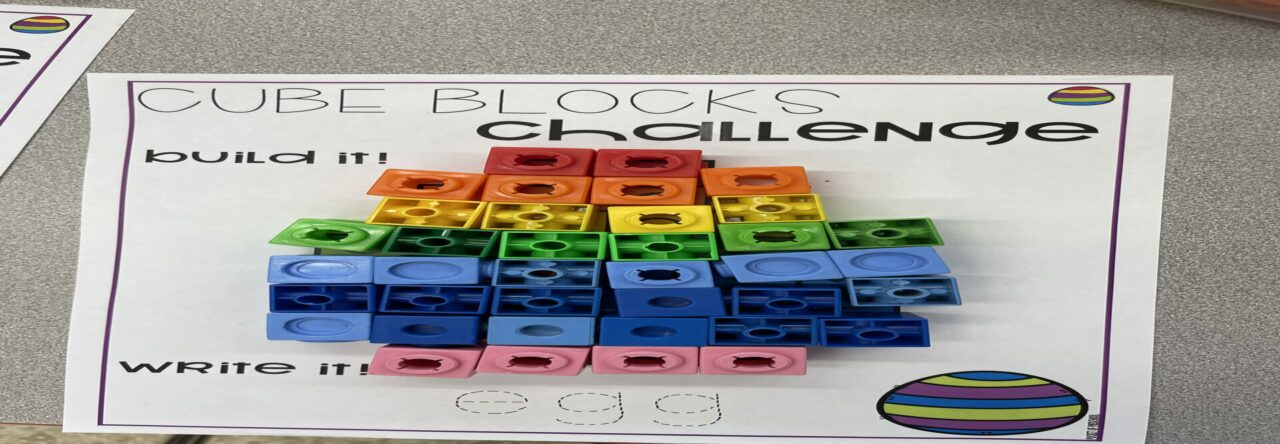Entering the Education Program here at UNBC has opened my eyes to what it truly means to be a teacher and make a difference in children’s lives. I had taught swimming lessons on and off for ten years and I believed that that combined with growing up with a mother who is a teacher gave me enough insight as to what goes into it. The idea that teaching involves more than knowing your subject and being able to tell others about it is a concept that not many people outside of the profession understand. Children do not all learn the same way, nor does the material always need to be delivered in the “standard” way. Throughout all of my classes we have taken a more holistic approach to teaching which has given me ideas about how to create an inclusive and welcoming environment before our practicums have even started.
In one of our readings “The Heart of a Teacher” a quote that resonated with me was “Here is a secret hidden in plain sight: good teaching cannot be reduced to technique; good teaching comes from the identity and integrity of the teacher.” (Palmer, 1997). I understand that to mean that children are very good readers of energy, and when someone is not authentic with them or if they see that the person loves what they do and displays a passion for it that they feed into that. This concept intertwines with our Aboriginal and Indigenous Education class, authenticity and honesty are key. For example, you do not need to be a First Nations person to teach children about the history of the people from your area, traditional plant use, hunting, or Residential Schools. If you are straightforward with the students that this is not your story and you are sharing this information so it isn’t lost, that is okay. Christopher Emdin follows this belief, classrooms and teachers should be alive and full of energy. I love that he incorporates new age practices and theories into his classroom instead of the old way of just lecturing while the students take notes, which only a small number of students learn in that way.
Holistic learning is a concept that I really took to heart, that the child’s mind, body and spirit need nurturing in order to fully learn. It has been proven that breakfast really is an important meal and programs have been put in place in school to ensure that every child has something to eat. Another important aspect is community, that means that the child is supported at home as well as school. Parents, guardians and even coaches all play an integral part in a child’s wellbeing and can help build self-esteem. This concept is one I’m not sure how to implement or encourage because as a teacher you don’t have any control or input if the other component is not willing to put any effort in.
While I agree with Emdin that the key to teaching is who you are as a person (Emdin 2013). I also believe that going to school and getting education, degree, and instruction how to teach is vital as well. In emergency situations we fall into habits, to get my OFA3 we were told to practice every single step because when dealing with emergency we don’t think just do. In the classroom there won’t always be an emergency going on, but in times of stress, like a child acting out and throwing a tantrum, we will rely on our training. Knowing the concepts and practical application are like two sides of the same coin for becoming a good teacher. And even though after we receive our Education Degree, our learning is never done “This is the paradox of education: Education is always teaching the past with the finest intentions of helping the future, but unwittingly stymieing the present learning. If we teach the students what we know, we at times also put limitations on what they can know.” (Johnson, 2009).
References:
Johnson, B. (2009, November 20). Why do we teach? Edutopia. Retrieved September 22, 2021, from https://www.edutopia.org/teacher-role-redefined.
Palmer, P. J. (1997). The heart of a teacher identity and integrity in teaching. Change: The Magazine of Higher Learning, 29(6), 14–21. https://doi.org/10.1080/00091389709602343
Emdin. C. (2013, October). Teach teachers how to create magic. (n.d.). TED. Retrieved September 24, 2021, from: https://www.ted.com/talks/christopher_emdin_teach_teachers_how_to_create_magic?utm_source=tedcomshare&utm_medium=email&utm_campaign=tedspread.
